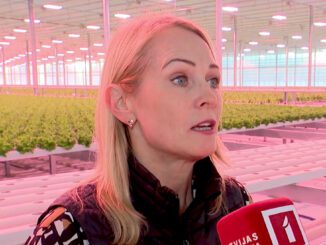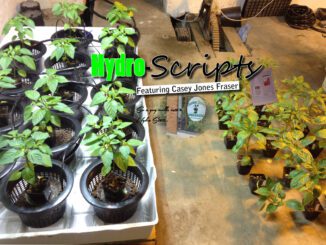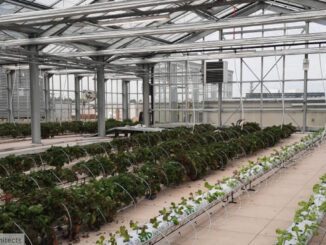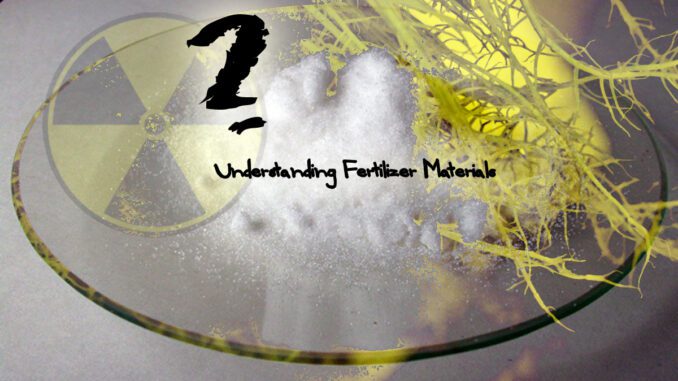
Understanding Hydroponics Fertilizer Materials
Your Plant Recipe is Only As Good as the Ingredients
what smart specialty plant nutrient shoppers know…
By lb
Welcome back to the lb journal, hopefully I was missed. I’m Enjoying my Holiday weekend in the states. Good things are in the air, puts me in the frame of mind to drop some jewels. I wanted to write about plant nutrients but not from the normal stance, where I layout what products I’ve noticed work best with certain growing varieties and hope to boost your understanding hydroponics fertilizers materials.
Let’s talk about the basics, the difference with nutrient source quality. I’ve come across many growers in my day that are stuck in stone on certain plant recipes that the grower will use.
The specific recipe changes nutrient profile based on NPK ratios and plant booster and occasionally naturally occurring hormones, sometimes day by day or week by week. These recipes usually form from the grower or growers painstaking, time, and investment growing the variety for years with many different products and coming together with what they think works best.
Many growers that I have came in contact with don’t have the slightest clue on nutrients sources and important considerations the grades of the fertilizer materials used to make the formula, or sometimes what is in the product that is giving the desired effect.
Ever used one of these products in your custom feed recipe?
(Lab results- Tests conducted on PGR Containing Products in March,2011 [FOIA Data obtained from Californian Department of Food and Agriculture]

All this being said I have also come across many growers with less moral set on what they put into the plant than what they want out from it. For example, they care more with quantity than with overall quality, so for them to apply nasty pesticides, PGR’s and other known products that are not meant for edible crops, it is nothing.
So while the yield might be heavy , BUT, the quality is slim.
Personally my goal is always to attain the highest yield possible without hindering or cutting corners with plant quality. I’m sure this is the same mind set for many other health conscious growers that are still trying to get the most out of their limited growspace.
There are instances where even the health conscious growers can be fooled by all the smoke and mirrors and shady marketing tactics these nutrient companies are using. For example, a little quote
[quote](Quote)
“…This highly specialized mixture of selected rare earth elements and photo nutrients supports your newly supplied bio available phosphorous by helping focus your plants internal energies into flowering, producing large abundant flowers, without the necessary lag…[/quote]
My intention of this article is not to scare people but more to inform them so they start to ask questions on how their favorite nutrient is made and what different GRADES of materials were used to make it.
Here is a quick breakdown for everyone on nutrients and how they are graded based off impurities.
The four types of chemical grades for fertilizers:
Fertilizer or Industrial Grade– this grade is typically less than 90% pure and contains the largest amount of impurities.
Technical Grade– this grade is typically 90%-95% pure, can still contain a lot of impurities, including detrimental elements
British Pharmaceutical Grade-is the most preferred grade of material. It is approximately 99% pure, and is tested to be free of any metals and
Perchlorates.
Laboratory Reagent Grade– Is above 99.5% purity, but sometimes does not undergo specific heavy metal and perchlorate testing.
So now we know not all fertilizer ingredients are created equal. The reality is that pharmaceutical grade and food grade fertilizers are extremely expensive. For instance you can purchase a kilo of calcium nitrate with a purity of 98% for about a dollar, a single kilogram of the same fertilizer at 99.5% purity (Pharmaceutical grade) would cost much more. How do you know what grade was used? Did the nutrient manufacture buy on price?
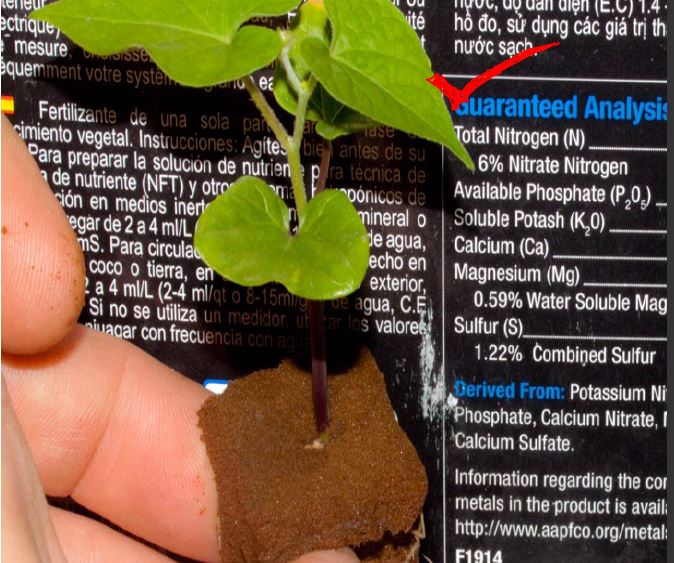
There can be huge differences in grade or even how the material was handled in the process. For example CaNO3 is sometimes shipped with a plasticizer coating to protect the fertilizer- this nneds to be skimmed out of solution if it is used… If not you may be eating the stuff, and that’s just one example.
I wanted to shed light in this journal with the growers who care about high quality, that they need to pay attention to where there favorite nutrient is sourced. (To throw you for a curve some products Just because something might be labeled Organic it doesn’t mean necessarily that it is of high nutrient source quality, might be very high in Metal content.
Fortunately there are reliable websites that list the metal content and finding for your favorite nutrients. A good source for this information, Visit department of agriculture Oregon website also Washington. Finding might vary slightly state by state. For my fellow growers here is a good checklist to think of when shopping for nutrients.
“5 things you can do to help insure your quality of purchase”
1: It can pay to have a good relation with your local hydro store. Ask someone you trust what they know about the product. Be specific with questions, ask if there are any PGr’s in the product/hormones/etc..
2: Research the product and check out metal and purity levels from one of the listed reliable websites (Oregon Ag/Washington Ag)
3: If the label is flashy and product has big claims? Be skeptical
4: If the company is NEW check around via social media and word of mouth--has anyone actually USED the product to be able to make any kind of claims?
5: Be skeptical with additives-especially high priced additives. (usually the hormone mix’s and PGr’s are in the additives, although there have been exceptions)
[quote]Benjamin Franklin Quote
“Buy what thou has no need of and ere long thou wilt sell thy necessaries. At a great pennyworth pause awhile. Many are ruined by buying bargains.”[/quote]
In conclusion you are what you eat and you get back what you put in. Growing your own food is always a safer choice than buying produce from the marketplace. It’s up to the consumer to have a knowledge base to better keep the manufactures in check with quality control. Hydro Manufacturers usually have incentive to try and make the best product they can in the competitive marketplace. However, there can be variations with many mfgs formulas based on raw materials available at the time of production. Use your knowledge to be both the rock and wind. The rock to break the mirrors and wind to clear the smoke. As always turning clones to zones. Lb

